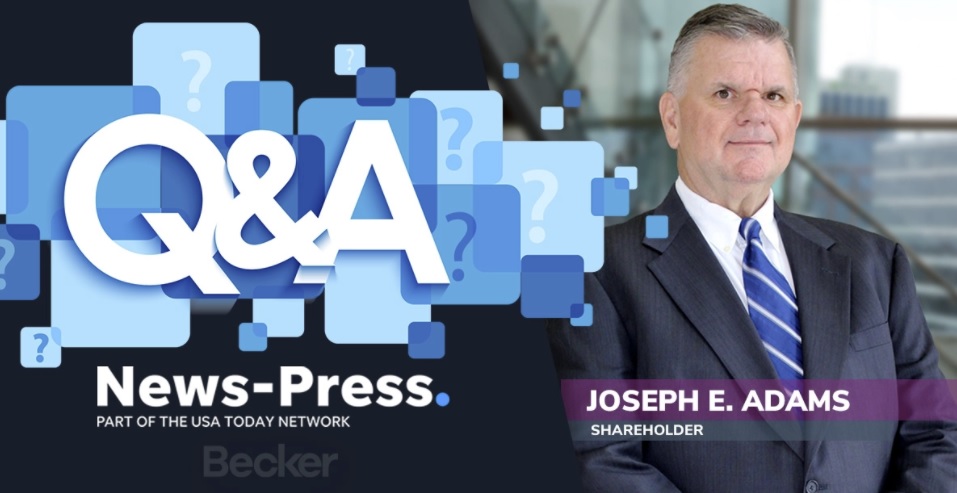When a unit owner wants to sell their home, the buyer wants to make sure that the seller does not owe the association money. You see, if the buyer buys the property without making sure the condo, co-op or HOA isn’t owed any money, the new buyer will be stuck with the unpaid bill if there is one. So, the new buyer wants to get what’s called an “estoppel certificate” from the association stating precisely what is owed to the association on that unit. This will be paid at the time of closing and the buyer can now sleep well, knowing they are up to date with assessments owed to the association.
So the question is……..who gets paid to prepare this “estoppel letter” for the new buyer and how much does it cost? Well, for condominiums, HOAs and co-ops, there is a current statute that addresses this. Florida Statute 718.116, 719.108 and 720.30851 respectively.
The statutes state that the estoppel certificate must contain all of the following information and must be substantially in the following form:
1. Date of issuance:
2. Name(s) of the unit owner(s) as reflected in the books and records of the association:
3. Unit designation and address:
4. Parking or garage space number, as reflected in the books and records of the association:
5. Attorney’s name and contact information if the account is delinquent and has been turned over to an attorney for collection. No fee may be charged for this information.
6. Fee for the preparation and delivery of the estoppel certificate:
7. Name of the requestor:
8. Assessment information and other information:
ASSESSMENT INFORMATION:
a. The regular periodic assessment levied against the unit is $ per (insert frequency of payment) .
b. The regular periodic assessment is paid through (insert date paid through) .
c. The next installment of the regular periodic assessment is due (insert due date) in the amount of $ .
d. An itemized list of all assessments, special assessments, and other moneys owed on the date of issuance to the association by the unit owner for a specific unit is provided.
e. An itemized list of any additional assessments, special assessments, and other moneys that are scheduled to become due for each day after the date of issuance for the effective period of the estoppel certificate is provided. In calculating the amounts that are scheduled to become due, the association may assume that any delinquent amounts will remain delinquent during the effective period of the estoppel certificate.
OTHER INFORMATION:
f. Is there a capital contribution fee, resale fee, transfer fee, or other fee due? (Yes) (No). If yes, specify the type and the amount of the fee.
g. Is there any open violation of rule or regulation noticed to the unit owner in the association official records? (Yes) (No).
h. Do the rules and regulations of the association applicable to the unit require approval by the board of directors of the association for the transfer of the unit? (Yes) (No). If yes, has the board approved the transfer of the unit? (Yes) (No).
i. Is there a right of first refusal provided to the members or the association? (Yes) (No). If yes, have the members or the association exercised that right of first refusal? (Yes) (No).
j. Provide a list of, and contact information for, all other associations of which the unit is a member.
k. Provide contact information for all insurance maintained by the association.
l. Provide the signature of an officer or authorized agent of the association.
SO HOW MUCH CAN YOU CHARGE TO PREPARE AN ESTOPPEL LETTER?
An association or its authorized agent may charge a reasonable fee for the preparation and delivery of an estoppel certificate, which may not exceed $250, if, on the date the certificate is issued, no delinquent amounts are owed to the association for the applicable unit. If an estoppel certificate is requested on an expedited basis and delivered within 3 business days after the request, the association may charge an additional fee of $100. If a delinquent amount is owed to the association for the applicable unit, an additional fee for the estoppel certificate may not exceed $150.
So, as you can see, someone preparing an estoppel certificate can charge in some cases up to $500.00. This fee is typically paid for by the seller of the unit or home. Management companies and law firms both say ka-ching when they are asked to prepare an estoppel certificate.
Well, if that sounds unfair to you, it also sounds unfair to Florida Senator Jonathan Martin and Representative Persons Mulicka. Each of them have now filed bills which would preclude associations from charging for estoppel letters whatsoever. It has resulted in massive pushback from management companies and law firms alike, each of whom are the ones normally getting paid to prepare these estoppel certificates.
On the one hand, attorneys and management companies say that they deserve to get paid for preparing estoppel certificates because there are a lot of questions to answer and there is potential liability if they prepare it incorrectly. Moreover, they take the position that only the seller should pay for the estoppel certificate because only the seller is trying to sell their unit. Why should that cost be put on every other owner in the community?
On the other hand, there is an argument that management companies are already paid to keep the ledgers of every owner. It shouldn’t take more than a few minutes to let someone know what a unit owes. Therefore, they shouldn’t receive an extra penny for preparing an estoppel certificate.
So which side is right? I think there are good arguments on both sides and we can debate this forever. You have to wonder though that if the fees that you’re allowed to charge were half of what they are now, would this ever have become a fight? I don’t think so. I do think a compromise wouldn’t be bad here.
What do you guys think?
Written by Eric Glazer


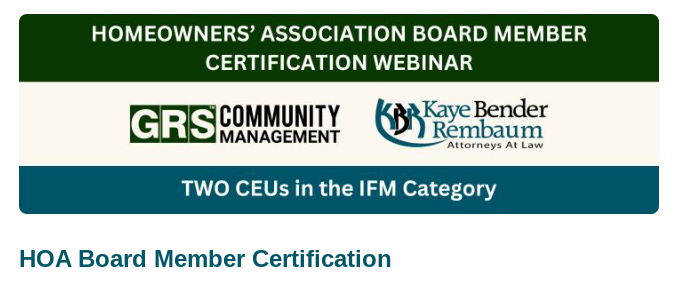
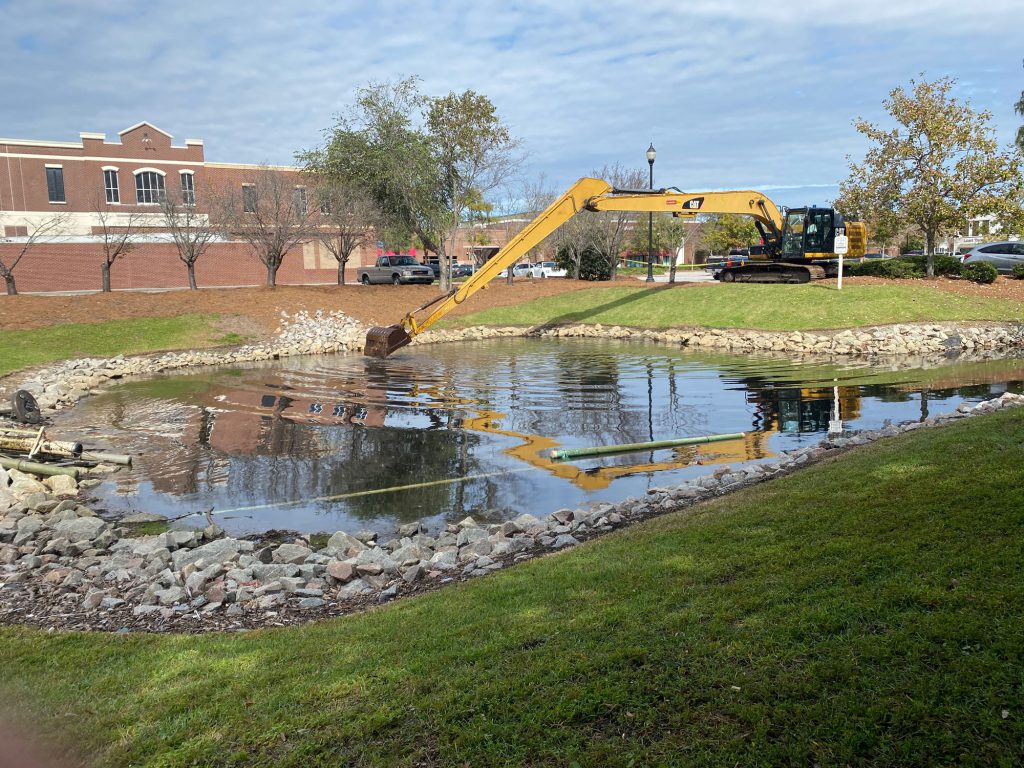








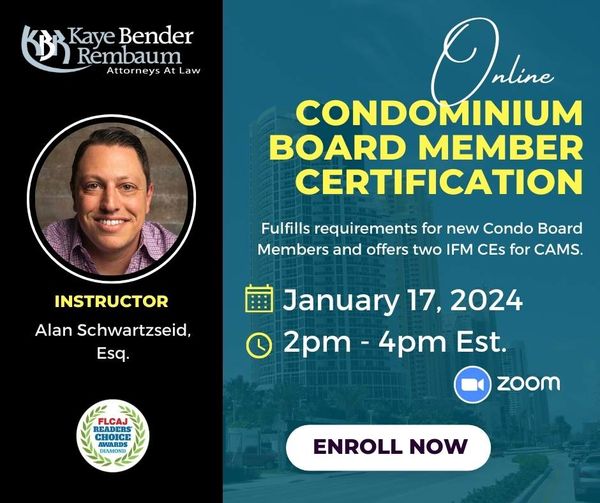

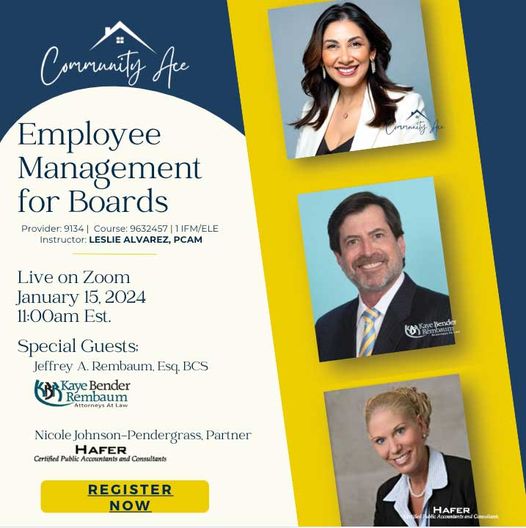



 Residents these days expect more than ever from their community’s amenities and services, reflecting broader changes in their lifestyle and work habits. With the continued trend of working from home, many residents are now looking to their apartment amenities to serve as extended living and working spaces. This presents an exciting opportunity to create an outstanding culture and experience that drives them to renew their leases and recommend the property to others. In this post, we share four things that property managers should consider adding to their budgets this planning season.
Residents these days expect more than ever from their community’s amenities and services, reflecting broader changes in their lifestyle and work habits. With the continued trend of working from home, many residents are now looking to their apartment amenities to serve as extended living and working spaces. This presents an exciting opportunity to create an outstanding culture and experience that drives them to renew their leases and recommend the property to others. In this post, we share four things that property managers should consider adding to their budgets this planning season.